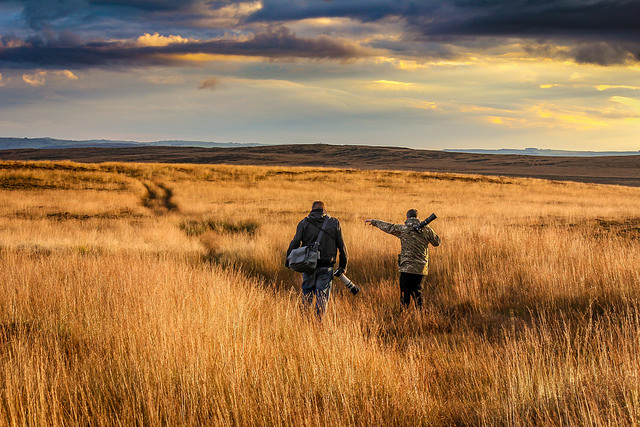Co-creating resources with members of our community of practice is an important part of what we do here at CSCCE. It adds depth and breadth to the resources we publish while also being an opportunity for members to both gain a citable publication and give back to the community. In many cases, working on a CSCCE project also leads to new professional connections and working relationships that persist long after we publish the final product.
So, as we continue our series of forward-looking blog posts, we’re thinking about the co-creating and collaboration opportunities that will exist over the next few months. If any of these opportunities pique your interest, let us know by emailing info@www.cscce.org.





